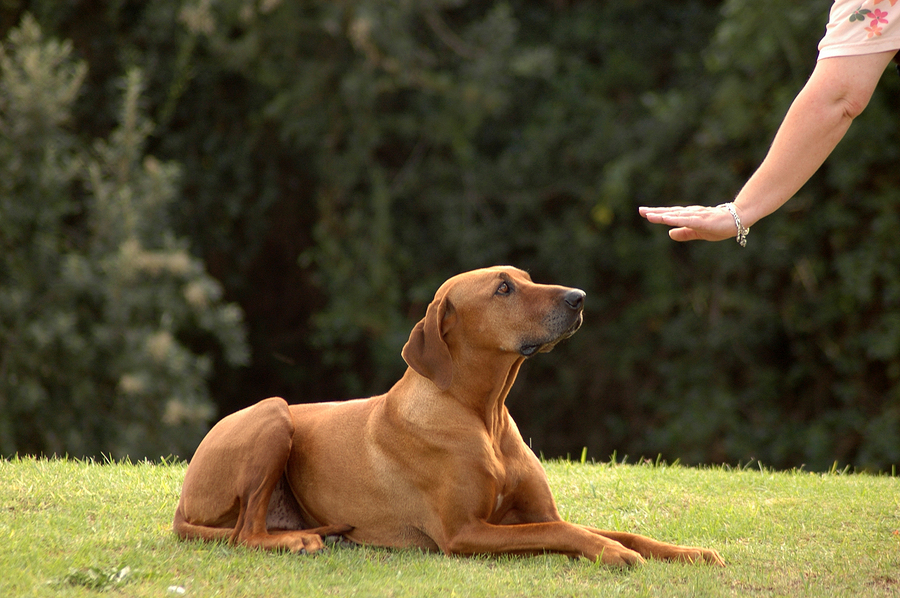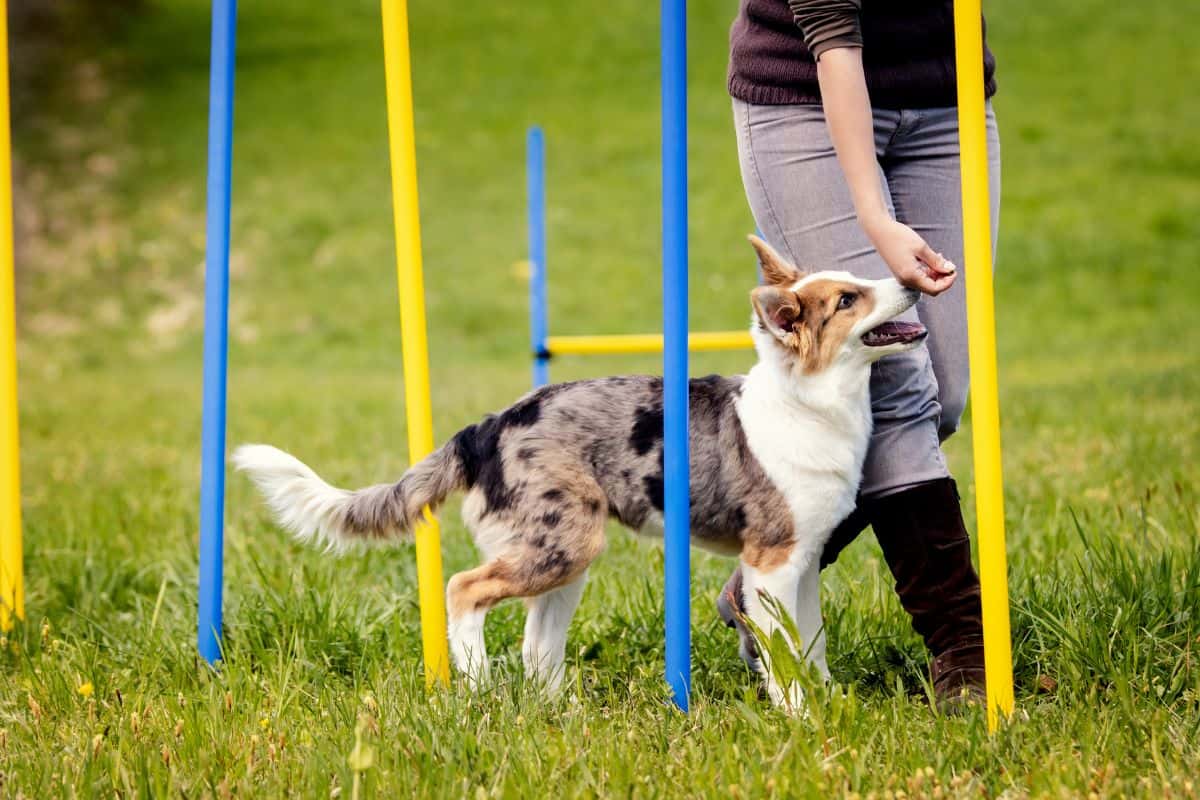Transform Your Canine's Habits With Proven Training Techniques
Transforming your canine's behavior calls for a nuanced understanding of their private characteristics and needs, as well as the application of tested training techniques. Consistency in your training strategy not just enhances obedience yet additionally cultivates a much deeper bond of count on and regard in between you and your pet dog.
Recognizing Pet Habits
Understanding pet habits is vital for effective training and interaction in between people and their canine companions. Pet dogs, as social animals, show a variety of actions influenced by genes, environment, and experiences - Dog training. Identifying these behaviors aids owners customize their training approaches to fulfill the particular demands of their canines
Trick elements of pet habits consist of body language, articulations, and social interactions. As an example, a wagging tail frequently shows exhilaration, while a reduced head may signify submission or anxiety. Understanding these signals can assist owners analyze their dog's emotion and react appropriately. Furthermore, socializing plays a critical function fit actions; dogs that communicate favorably with various other animals and different individuals are normally extra adaptable and well-adjusted.
Furthermore, identifying stress and anxiety signals-- such as pacing, evasion, or panting actions-- can prevent escalation right into more major issues. Proprietors who are in harmony with their pet dog's actions can develop a safe and nurturing setting, cultivating trust fund and boosting the training procedure. Eventually, a deep understanding of canine behavior lays the foundation for a harmonious relationship and reliable training end results, making certain both pets and their proprietors flourish together.
Favorable Support Methods
Positive support methods are widely acknowledged as one of one of the most effective methods for training pets, promoting a positive discovering atmosphere. This technique involves rewarding wanted habits with treats, praise, or play, thereby urging the canine to duplicate those habits. Unlike punishing methods, favorable reinforcement builds depend on and strengthens the bond in between the trainer and the pet.
Benefits must be offered promptly complying with the wanted actions to help the canine make the connection. Uniformity is likewise essential; utilizing the exact same commands and benefits assists the pet recognize what is anticipated.
It is very important to keep in mind that favorable support is not regarding bribery; instead, it has to do with enhancing good behavior. In time, as the canine discovers to connect particular actions with favorable results, the frequency of benefits can be slowly decreased, transitioning to verbal appreciation or recurring incentives. This approach not just motivates obedience however also promotes a positive and satisfied pet dog, making training a more delightful experience for both parties involved.
Addressing Usual Concerns
Attending to typical issues throughout pet training is essential for making certain a harmonious and effective partnership in between the canine and its owner. Several pet dog owners encounter behavioral challenges, such as excessive barking, leaping, and leash drawing. Recognizing the source of these behaviors is critical for efficient training.
To reduce this, give sufficient physical workout, mental excitement, and possibilities for social interaction with both human beings and other pet dogs. Educating the canine to rest upon greeting can redirect this actions positively.
Leash drawing is another common concern, frequently arising from a dog's passion to discover. Extra resources Utilizing appropriate chain dealing with techniques, combined with training procedures that urge loose-leash strolling, can substantially boost this behavior.
Additionally, concerns like resource protecting or splitting up anxiousness call for tailored techniques. Steady desensitization and counter-conditioning can be reliable in addressing these difficulties. By acknowledging and proactively taking care of these usual problems, pet dog owners can promote a much more pleasurable training experience and reinforce the bond with their canine friends.
Uniformity in Training

To achieve uniformity, it is crucial that all members of the house comply with the exact same training methods. As an example, utilizing the same spoken hints and hand signals ensures that the dog receives consistent messages. Furthermore, the timing of benefits and adjustments should correspond; immediate support increases the chance that the canine will certainly associate the habits with the outcome.
Furthermore, establishing a regimen can better boost uniformity. Routine session, combined with organized routines for feeding, strolling, and playtime, aid canines anticipate and recognize their atmosphere, making them a lot more receptive to training. Inevitably, consistency cultivates a feeling of safety and count on, equipping canines to get more information efficiently. By devoting to a structured technique, trainers can promote favorable behavior modifications and cultivate a genteel companion.
Structure a Strong Bond
Just how can promoting a strong bond between a pet and its proprietor enhance the training experience? When a canine feels secure in its link with its owner, it is much more most likely to display positive habits and be responsive to discovering.
Furthermore, a strong bond promotes much better communication. Pets are skilled at reviewing human hints, and a trusting partnership enables clearer signals throughout training. Proprietors who spend time in building this bond with play, socialization, and favorable reinforcement develop an atmosphere where link dogs really feel determined and anxious to discover.
In addition, a well-established link can decrease anxiousness and behavioral problems, as pets are less most likely to act out when they feel comprehended and cared for. Prioritizing the advancement of a strong bond not only boosts the training experience but additionally contributes to a happier and a lot more well-adjusted dog. Eventually, the trip of training transforms right into a collective collaboration, resulting in lasting behavioral renovations.
Final Thought

Proprietors that are attuned to their pet's behavior can develop a nurturing and risk-free environment, cultivating trust fund and improving the training process. Inevitably, a deep understanding of canine habits lays the structure for a harmonious connection and effective training end results, ensuring both pet dogs and their proprietors prosper with each other.
Addressing typical concerns you could try these out throughout canine training is vital for making sure a effective and harmonious connection in between the pet dog and its owner.Uniformity is a keystone of reliable pet dog training, as it establishes a clear structure for the dog to recognize actions and expectations.In verdict, changing a dog's behavior with confirmed training techniques requires an understanding of canine actions, the application of positive reinforcement techniques, and an emphasis on consistency.